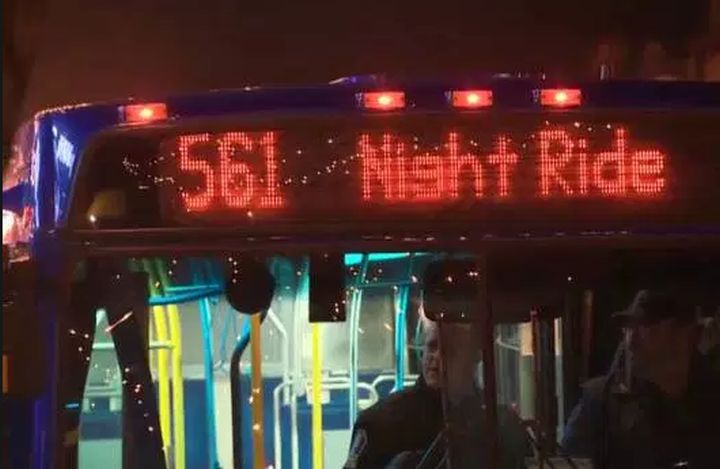Edmonton’s chief economist has told city council one key to attracting and retaining a young, smart and motivated workforce is to provide late-night public transit.

And bike lanes.
On Wednesday, John Rose walked city council through some projections of what to expect during the council term. He said brain power in professional services is what will be the engine that runs things economically as Edmonton diversifies.
“The energy sector isn’t going away,” Rose said. “It’s just not going to drive the economy.”
However, amenities aimed at young people will make a difference as an investment, he said.
“I think we have to work much more closely with our post-secondary institutions in terms of ensuring that the city provides the necessary transportation and other services to them to ensure that their students have a good experience,” Rose said.
- What is a halal mortgage? How interest-free home financing works in Canada
- Ontario doctors offer solutions to help address shortage of family physicians
- Capital gains changes are ‘really fair,’ Freeland says, as doctors cry foul
- Budget 2024 failed to spark ‘political reboot’ for Liberals, polling suggests
Mayor Don Iveson said he likes the concept. He said, however, that there isn’t the opportunity to make drastic changes until the Edmonton Transit Service (ETS) review is completed. That’s still a couple of years away.
“We haven’t invested much in it for the last few years because money’s been tight and because frankly, my position is that we run a terribly inefficient bus system that needs to be overhauled before I’m prepared to make the case to taxpayers that we should put more money into it.”
Rose, who doesn’t own a car and commutes to his downtown office from Strathcona near the University of Alberta Hospital by LRT, said it takes him 20 minutes. He also said he has everything he needs within a couple of blocks from his building. But for other people who need to get around, investing in transit will expand possibilities.
“Transit services in general open the city up,” Rose told reporters. “Individuals that don’t own a car or have limited incomes have an opportunity to take advantage of housing, employment opportunities, recreational activities across the city. When you don’t have those kinds of public transit facilities available, people tend to get isolated. They’re stuck in their own neighbourhood.”
Rose said city council will have to be careful with limited resources.
“You’ve got to use what you have to build what you need.”
The transit strategy review was last updated publicly in June, and is expected to be phased in over three to four years.
The ETS budget is $214 million. Five late-night routes that were expanded in 2015 run until 3 a.m.






Comments